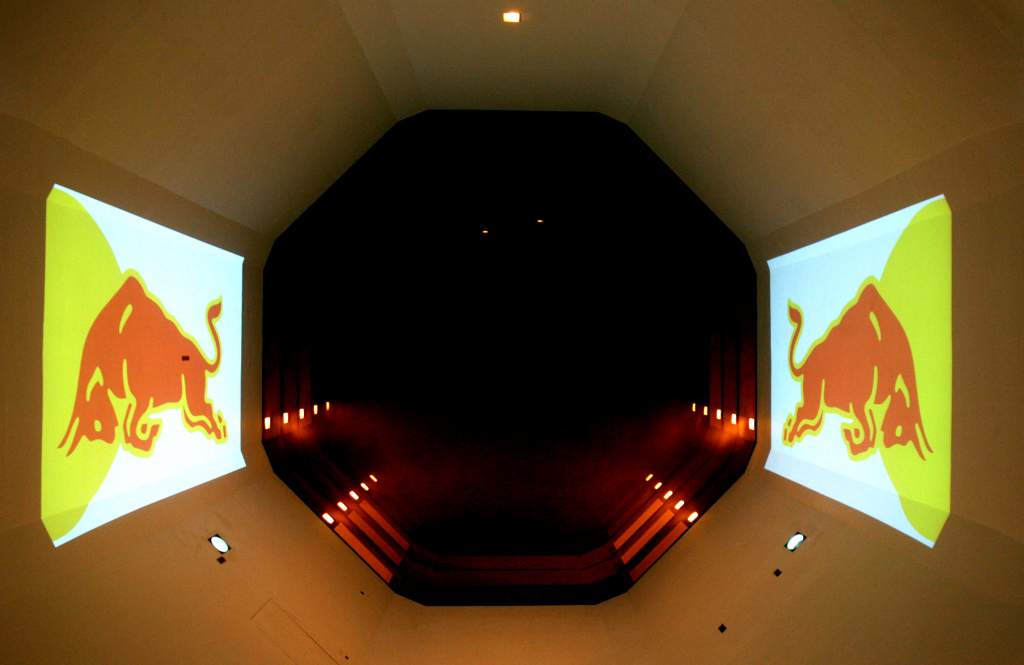Up Next

AlphaTauri becomes the final Formula 1 team to switch to a 60% windtunnel in 2021 as it moves in to share Red Bull’s facility as a result of new aerodynamic testing restrictions.
While the 2021 launch car will be the product of its existing Bicester windtunnel, which runs to 50% scale, the change is being made early this year.
“Given the changes in regulations regarding occupancy, it makes it viable now to share a tunnel,” AlphaTauri technical director Jody Egginton told The Race.
“We’ll be moving there in early 2021, so the launch spec of next year’s car will be a Bicester car, then we move over to Red Bull.
“It’s quite a big change for us because we’re at 50% and the Red Bull one is 60%. We’re the last team on 50%.
“The split in the programmes will be quite different to how it is traditionally when you move from one car to the next. It’s pros and cons but I think it’s a key point in trying to move us forward.
“The 60% has benefits and although our tunnel has been a good one and we understand it well, we are hitting some limits with it. It’s the right thing to do in the evolution of the team.”
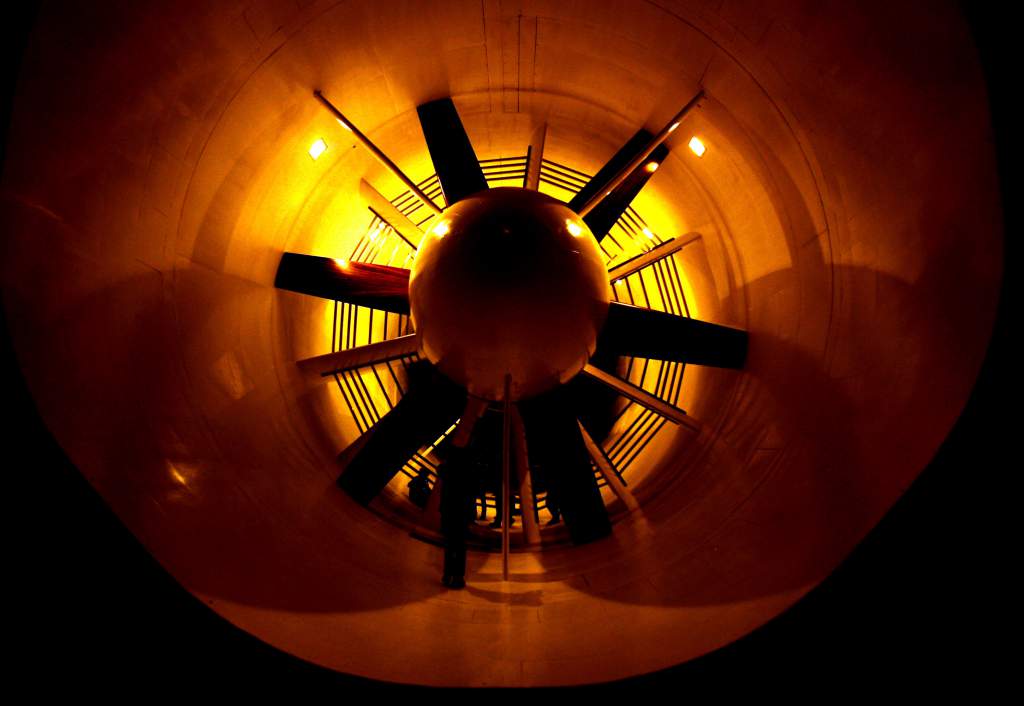
So what benefit will AlphaTauri get from its move into what is theoretically a bigger and better windtunnel, and what will the challenges be?
Windtunnels can be your friend or your enemy. They are a bit like your wife, husband, partner or friend in that they have little idiosyncrasies you need to recognise, understand and work with. If you can do that, you can go a long way. If not, it can become a very contentious relationship.
The windtunnel AlphaTauri currently uses in Bicester is one that the team understands and its track correlation is pretty good. Changing to something different, even though it is potentially better, can very easily lead you up the garden path.
AlphaTauri has been using Red Bull’s old Bicester windtunnel, meaning it was the last team to run a 50% scale model rather than the maximum 60% permitted by F1’s regulations. The team is moving into windtunnel share with Red Bull’s current tunnel in Bedford, which was used to do some of the early modelling for Concorde before being taken over by the energy drinks giant.
When I was with Jaguar in 2000 we were using the Swift windtunnel in California, which was a logistical nightmare and not just a quick van ride down the road.
So we went to evaluate the Bedford tunnel but we didn’t pursue the idea as Ford, who owned the Jaguar team, had bigger ambitions than that.
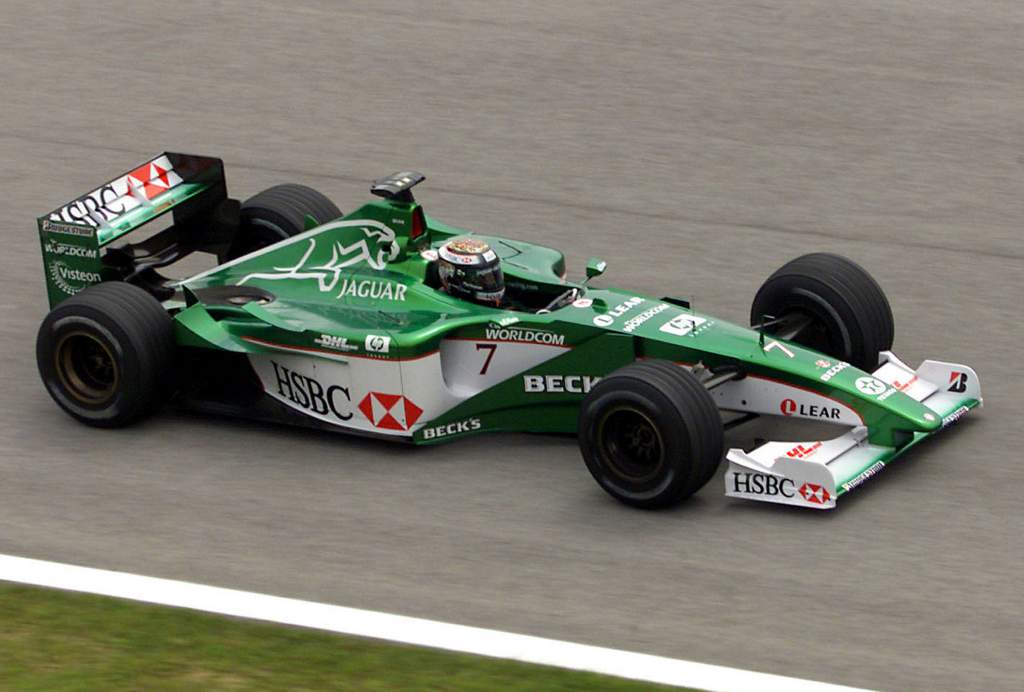
We then went through all the design work with Sverdrop and MTS for a new state-of-the-art tunnel to be based at Silverstone, but it ended up being all talk. Ford was very good at that in this period.
The new windtunnel restrictions limit teams to just 500 hours of what is called “occupancy”, making it possible for two teams to share the same facility without compromising their usage time.
There is never a right time to switch windtunnels. But if you have to, 2021 is probably the best opportunity. This is because the dramatic change in aerodynamic regulations that was supposed to come into play for 2021 was delayed to 2022 due to the COVID-19 epidemic, making this effectively a holding year.
The 2021 regulations reduce the potential to make major changes to the current cars, so AlphaTauri can build a 60% model of its current car and, as 2021 progresses, run down its usage of the Bicester facility and increase the usage of the Bedford facility. That way, it will reduce the potential of getting lost, but on the downside it will mean 2021 will be expensive relative to its current windtunnel yearly spend.
For the 2022 car, it will be all new again. The main spine of the windtunnel model will be able to be reused, but as the cars are going to look very different everything else will be new.
If this proves to be too expensive, AlphaTauri could run its current 50% model in the larger Bedford tunnel to try to understand the correlation between the two tunnels. This would be a higher-risk solution, but financially less of a burden.
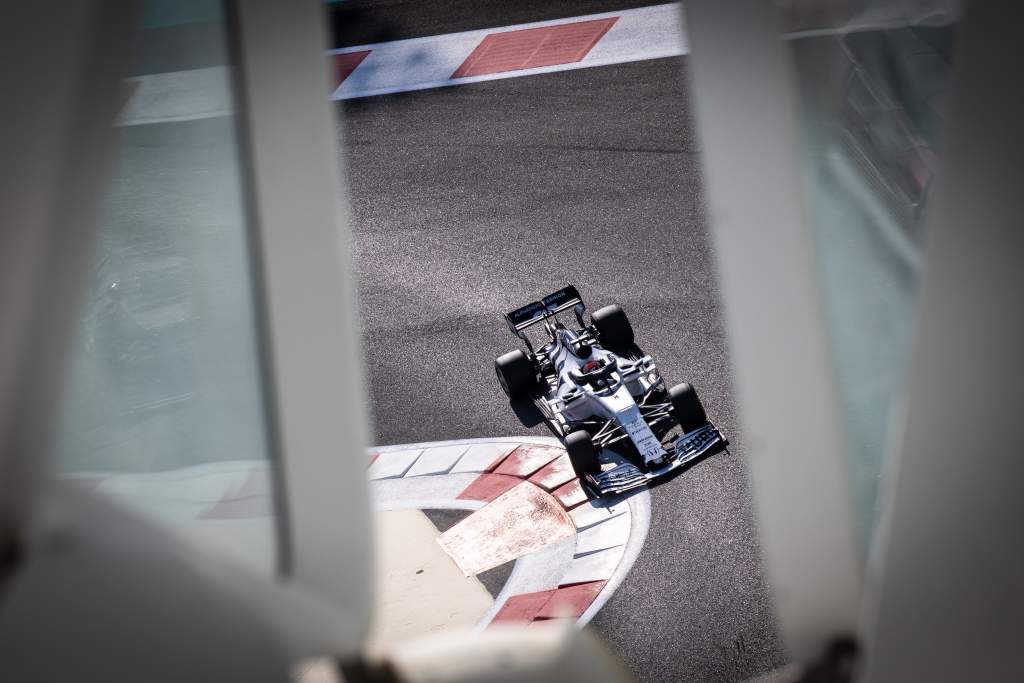
While switching to a 60% model should benefit AlphaTauri given the increased fidelity of the results, there are short-term disadvantages to making the transition – as the team has previously admitted.
“The attractiveness of it is clear, there’s no doubt,” Egginton told The Race last year. “But you have to understand how to minimise the short-term pain, because it wouldn’t be acceptable for us to struggle to get back on track after the transition.”
On the negative side, moving to a 60% model means that all the model parts will take more time to make. They will be more expensive, they are bigger and they have to cope with higher loads.
On the positive side, the model detail can be optimised. Just imagine a slot gap on a full-size front wing of say 10mm. On a 50% model, that’s 5mm, but on a 60% model that’s 6mm. That equates to a 20% bigger slot gap, meaning it’s much easier to get the detail required.
Another factor that affects aerodynamic performance is the surface finish of all the model components and their loaded deflection. The bigger the model, the more realistic it can be.
It will also mean that AlphaTauri will be able to use the same 60% Pirelli windtunnel tyres as the other teams rather than relying on the 50%-scale ones only it was using. Inevitably, the 60% scale windtunnel tyres will be a more accurate product given nine teams were using them and offering Pirelli feedback. The profile and deflection characteristics with load of the windtunnel tyres is critical to aerodynamic performance, the front tyre contact patch to the belt surface can affect everything downstream, especially when steering lock is applied.
It’s not only the change to a 60% model you have to take into consideration, it’s also the size of the working section of the tunnel. That’s the area where the model basically sits.
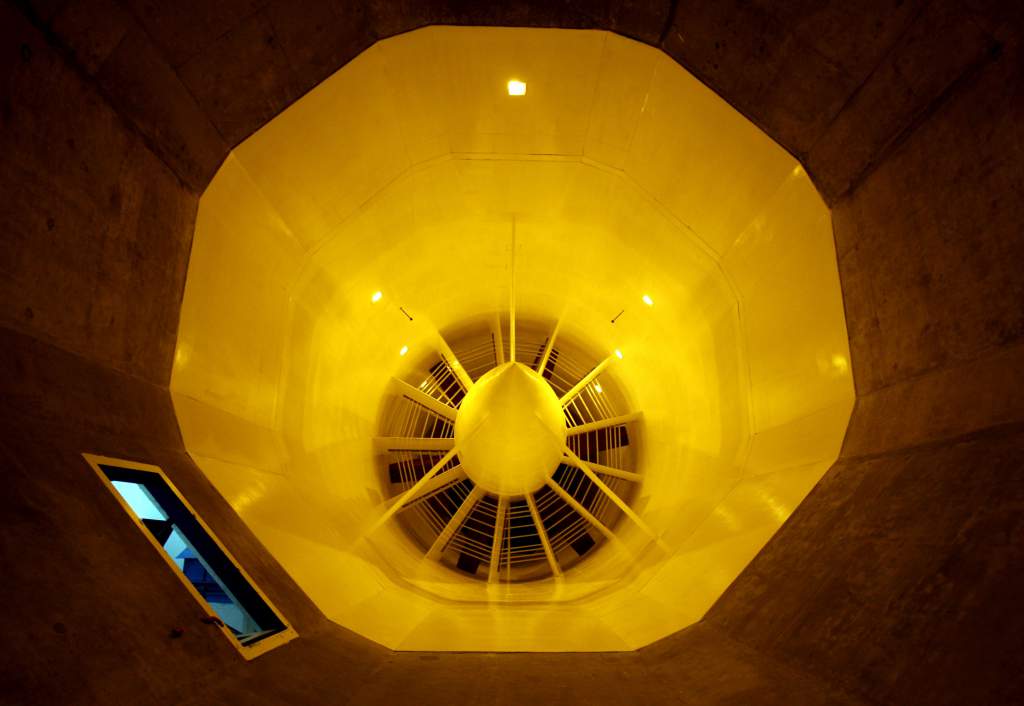
As these cars have increased in size, and when aerodynamic outwash from the front wing endplates was the order of the day, I often wondered if some teams were suffering from the effects of using too small a tunnel working section.
The tunnel’s wall and/or roof will affect the off-body aerodynamic airflow dramatically. This means that the tunnel results don’t correlate with the track. I know the outwash was reduced by the 2019 rule changes, but when it gets to testing steering lock characteristics the tunnel walls can have a major influence.
When I had a look at the Bedford windtunnel back in 2000, one of my comments at the time was that it can definitely lead you in the wrong direction very quickly and generate tunnel-to-track correlation problems. On the positive side, it is a huge concrete tunnel so is very stable as far as temperature change through a day’s testing is concerned, but it’s very difficult to apply any sort of adaptive wall or roof technology that might counteract the size constraints.
An adaptive wall or roof is where the pressures and airspeed are measured on the tunnel’s inner wall and roof surface. The wall and/or roof will have vanes on it that can then have their angle or profile altered to minimise the pressure difference generated by these surfaces being too close to the model. This would be done from run to run to make sure any influence from model changes could be minimised. It’s not perfect by any means but better than nothing.
One of the simple correlation questions that crops up constantly is front wing angle. For example, let’s say on track to get a 40% aerodynamic balance, you need to run a 20-degree front wing angle, but in the tunnel to achieve a 40% aerodynamic balance you need to run a 22-degree front wing angle. The big question is, which is correct?
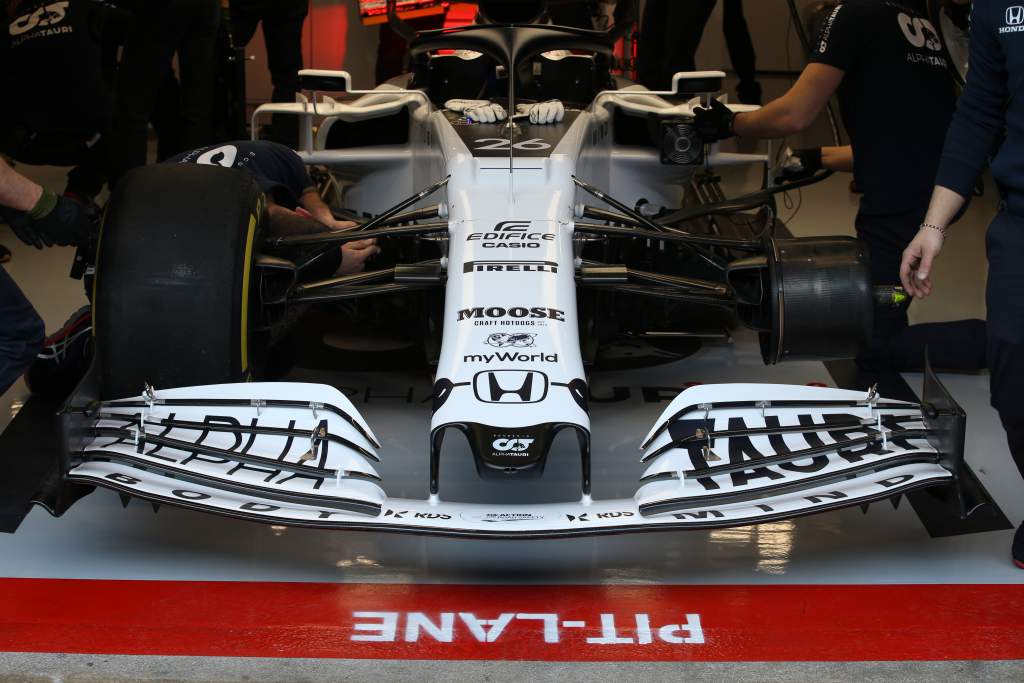
If you run different wing angles from the tunnel to the track, the airflow arriving at the other aerodynamic components downstream will be different. Does that mean that you are optimising them for an incorrect environment?
This is all part of getting to know your facilities. Some areas of development, if positive, you can simply tick off immediately. Other areas you need to stick a question mark beside for further investigation and research. If you simply believe all is positive, you can find yourself down a blind alley very quickly.
Windtunnel development is an ongoing expense. Ferrari has used the ex-Toyota tunnel in Germany as well as its own one at Maranello. Force India also used the Cologne windtunnel, but now as Racing Point it shares the Mercedes tunnel. Teams like McLaren and Williams, who have their own built-in tunnels, have fallen behind in this area and have paid the price in performance.
For AlphaTauri, sharing the Red Bull tunnel will release it of this burden. Red Bull will keep things up to date and AlphaTauri can be the benefactor of that.
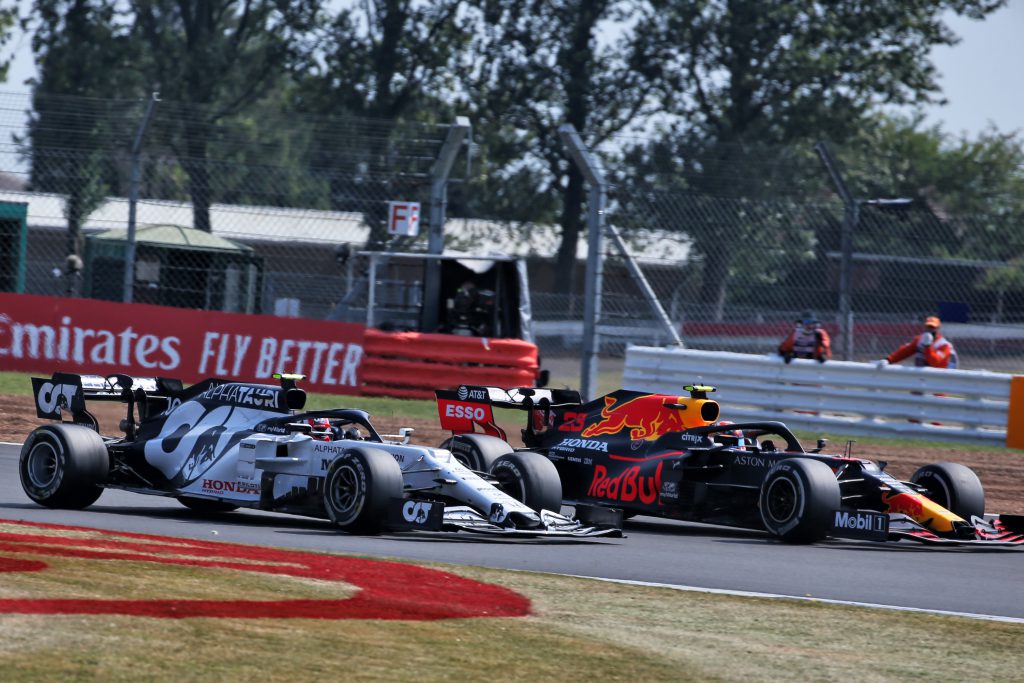
When we specced out the planned Jaguar windtunnel that never happened, we specified a double tunnel. These would be the same working section size, so both sides could be used with a 60% model with the loads measured through the tyre contact patches. Then one side would be able to fit a full-size car in and measure the loads again through the tyre contact patch.
There would only be one fan and cooling system, with airlocked end connectors that could rotate a connecting tube around that fan section from one working section to the other.
The operations room would be positioned between those two working sections, so the operators or aerodynamicists could have two models, one in each working section. While one was running, the other would be having model changes made to it. Or one could be a full-sized car, so the operators would simply need to turn around and view through the windows whichever section was running.
Full-size windtunnels were a bit of a luxury and are no longer allowed in F1, but at that time we were putting a plan in place for the future. If you have an aerodynamic stability problem that doesn’t show up with the model, the instant reaction is to carry out some full-size testing. However, measuring the loads accurately enough on a full-sized car is very difficult and the problem is very seldom clear in a steady state – it is normally a transient condition that sets off any aerodynamic instability.
When we set up Jordan in 1990, we used the windtunnel at Southampton University, running one weekend per month. We built a 33%-scale model, nothing too trick but as the exhausts exited into the diffuser we did simulate exhaust flow and airbox flow to get the car’s different aero characteristics from closed throttle to full throttle.
These characteristics were critical to the car balance going into and through a corner. I used to plot the numbers on a sheet of graph paper and decide on development directions from those pencil plots.
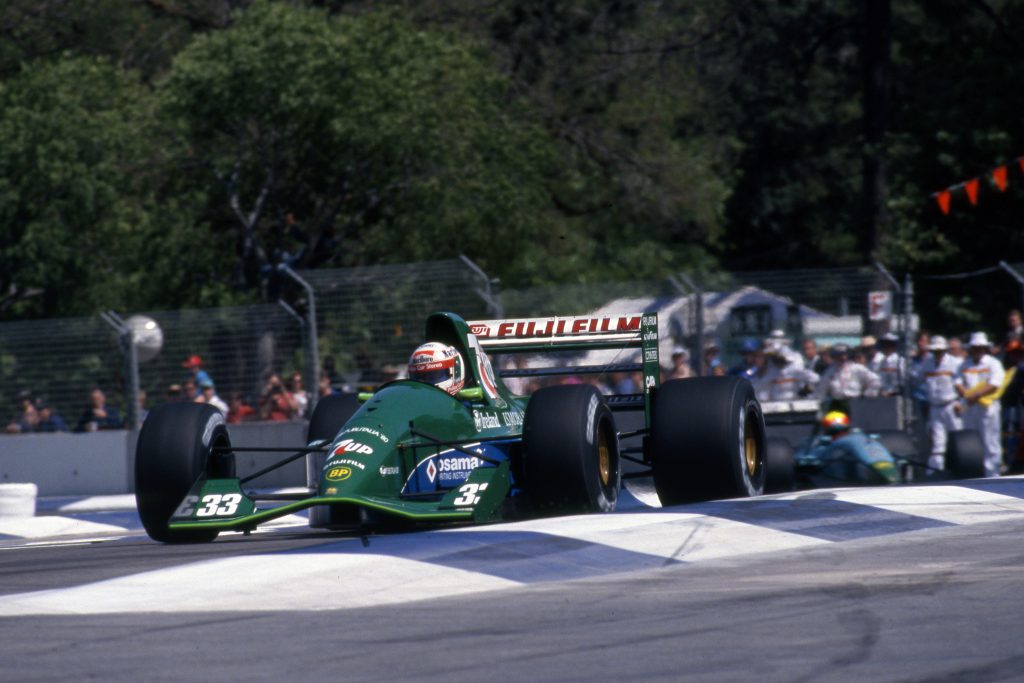
Times have changed dramatically, but airflow is still the same. It can be your friend or your enemy and no matter how sophisticated your windtunnel or your data analysis system is, it is still down to reading between the lines to get the best out of it.
Its learning how to read between the lines that will be AlphaTauri’s big challenge as it adapts to using the Bedford windtunnel. Fortunately, Red Bull should be able to give it plenty of pointers as to the way to get the best out of the windtunnel given it knows it well, even though the rules prevent any sharing of aerodynamic design information.
If AlphaTauri works through this process smoothly during this transition year, it should be in good shape for years to come. But it’s not going to be straightforward to unlock that potential and there’s a lot to learn.


